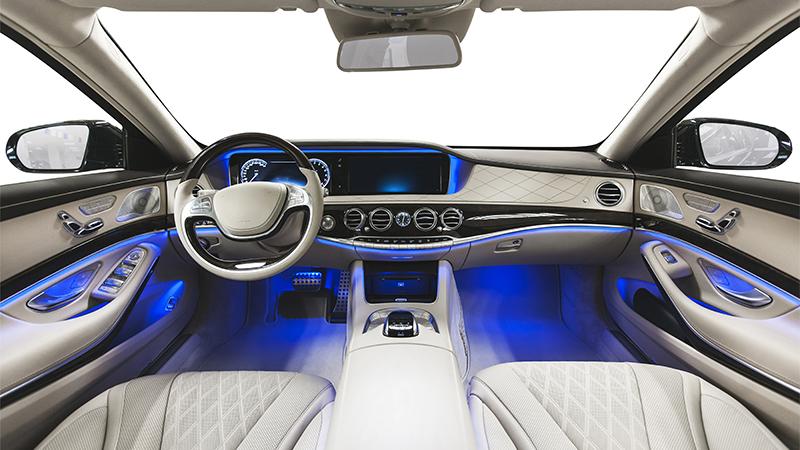So, you just bought a new car. Congratulations! There is little else as exciting as getting behind the wheel of your new vehicle. However, as soon as you sit in the driver’s seat, your car instantly goes down in value – often as much as thousands of dollars’ worth. Did you finance your car? You can end up owing even more than it’s worth for years on end while repaying your loan.
This is when gap insurance can come in handy. Gap insurance takes care of the difference between what your vehicle is worth and what you owe on it – it’s the best way to ensure you aren’t trapped paying several thousand dollars after you get into an accident.
Related Topics (Ads):
No one plans on getting into an accident, but it still happens. Besides being physically dangerous, accidents can also hurt you financially. Car insurance companies generally aren’t very generous with their coverage and tend to offer only your vehicle’s market value if it becomes totaled. If you have this kind of coverage, you might be stuck paying the remaining loan balance after your insurance company pays your car’s worth to the lien holder.
However, if you have gap insurance, that scenario can be avoided. It saves you from owing your lender money on a new car if you do get into an accident. If your car gets totaled, gap insurance can cover the rest of whatever you owe on that vehicle.

Gap insurance can be a financial godsend if your new vehicle is considered a total loss by your insurance company. Once your insurance company pays fair market value of your vehicle to your lienholder, your gap insurance provider will pay the remaining amount of what you owe. This ensures that your lien holder will be made whole, and you won’t be held accountable for paying off the balance you still owed on your auto loan.
Certain lenders recommend you buy gap insurance when you get a new vehicle – mainly so that they can relax knowing they’ll make back their money if the vehicle gets demolished. If you don’t already have gap insurance on your car, your lienholder may track you down for the difference between what your insurance company pays and the amount that is still owed on your car loan.
Most lenders usually charge a flat fee of $500 to $700 for gap insurance, according to Trusted Choice1. If you combine the insurance with your loan at the dealership, you’ll pay interest on its cost, making it a poor financial decision. It’s a much more affordable idea top pay for gap insurance in one shot rather than combine it with your loan – it’s also possible to find cheaper options for this kind of insurance by searching online rather than buying it at the car dealership.
How Does It Help?
While you may not have previously considered purchasing gap insurance, it’s likely an investment that you’ll cash in on. While it isn’t entirely necessary, it’s still a good idea to get, particularly if you make a minimal or no down payment on your new car purchase.
If you finance your car for 60 months or longer, gap insurance can come in handy. In this case, you’ll pay off the car premium much more slowly, giving your vehicle the ability to depreciate quicker than your loan balance reductions.
How Do I Get A Good Deal on Gap Insurance?
One of the most foolproof way to save money on car insurance is to look for deals elsewhere than at the car dealership. Dealerships usually jack up the price for gap insurance, selling it as an add-on to your car purchase. Try to avoid rolling gap insurance into your car loan. Add the two together, and you’ll end up paying much more in interest.
Instead, research online. You’ll find there are plenty of independent companies that sell gap insurance for as low as $185 as a one-time purchase, based on purchases made at Gap Direct.2 This will save you cash, and also allow you to compare different options online with different providers.
Talk to your standard auto insurance provider and you may find that you can save much more than anticipated. It’s not unheard of for providers to let you add gap insurance to your policy in addition to your comprehensive and collision coverage. Do this, and you’ll wind up with more money in your account every month.
Gap insurance is a great, and often overlooked, way to help you save some money once you’ve purchased your new vehicle. It can help protect you if your car gets totaled in an accident or natural disaster, and can also offer protection if someone breaks in and steals your car. Choose not to purchase gap insurance, and you risk being roped into paying regular payments to your loan lender even if you end up losing your vehicle in an accident.
1https://www.trustedchoice.com/car-insurance/auto-coverage-types/gap/
2https://gapdirect.com/options


